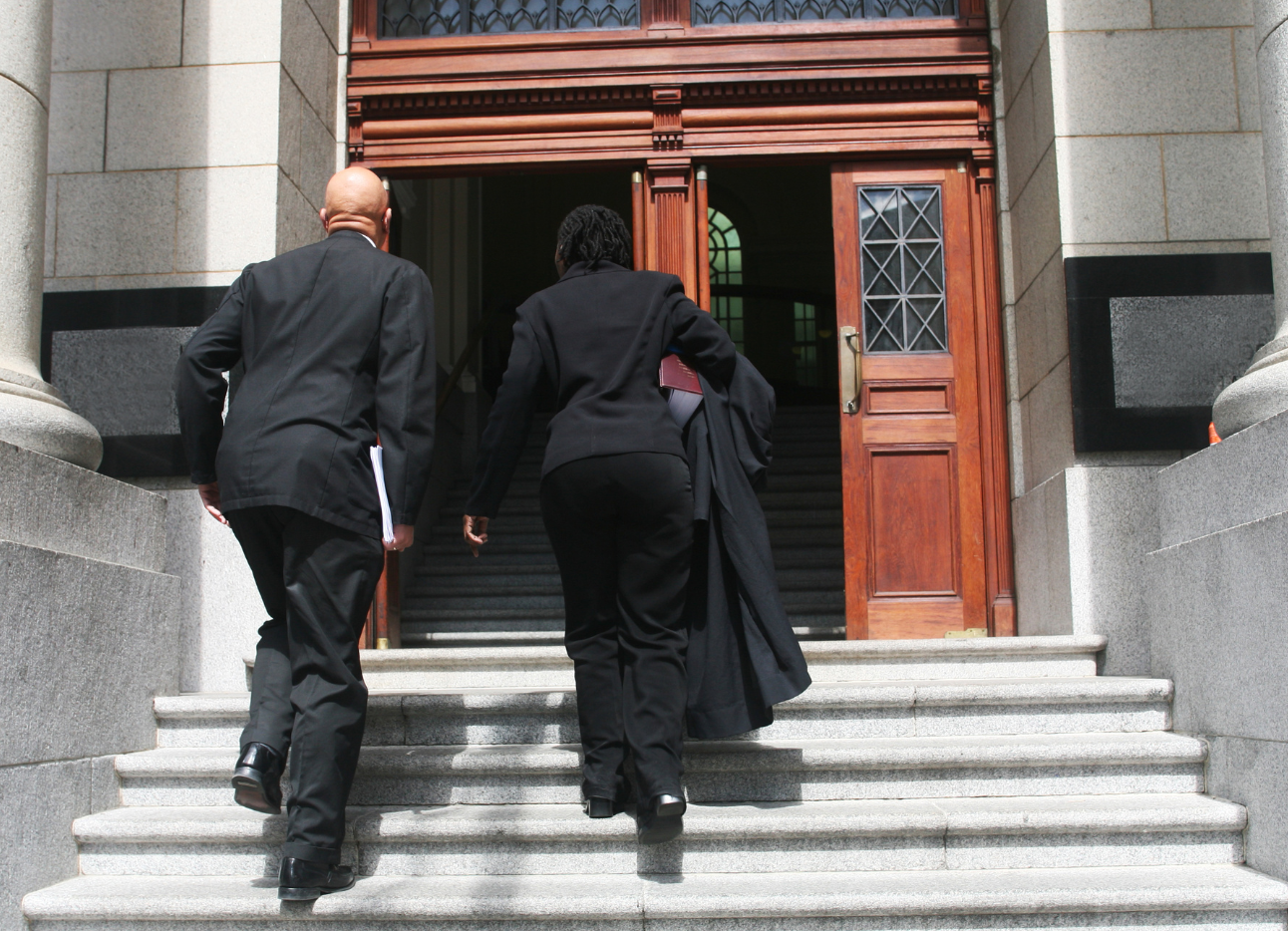Domestic abuse and the family court
In this blog, Toni Mayo explores the world of child proceedings – often an uncomfortable, frightening or harmful experience for survivors of domestic abuse
Many families who have experienced domestic abuse find themselves in family court. Some are subject to care proceedings, where children are removed from mothers who have been assessed as “unable to protect” their children from the domestic abuse they are experiencing themselves. A higher number of families are subject to proceedings under the child arrangements programme (CAP). Under this, the Court will determine where a child should live, and who they should spend time with, the new language of residence and contact.
Applications under the CAP can be for a variety of reasons – including a parent applying for their children to live with them, be returned from an abusive ex-partner, or attempting to place legal security around their existing arrangements. In some cases, however, a parent may be making an application after their partner has left due to domestic abuse, taking their children. They may have responded to this by either applying for their children to live with them instead, or to spend time with them.
The world of child arrangements proceedings is uncomfortable, if not frightening and harmful for survivors of domestic abuse.
The adversarial nature of family court and the nature of domestic abuse means that survivors are almost certainly going to experience the following things:
- Gaslighting
By the perpetrator making false allegations, reiterated by their skilled legal representatives, if they have them. - Bureaucracy
Without the assistance of a solicitor, a service user will have to navigate the process themselves. - Lack of empathy from professionals
Cafcass officers are highly skilled and experienced social workers. Often, they can identify a victim and a perpetrator of domestic abuse respectively and analyse any resulting complexities. Cafcass officers are not, however, allowed to determine issues of fact, only the Court can. If a Cafcass officer was considered partisan within a case, then it would disadvantage the victim/survivor, and certainly the children. Therefore, often survivors will find themselves feeling like they have not been believed.
When applications are made by abusive parents, what is the motivation? Are these applications a final and malicious attempt to control and abuse their ex-partner, who is attempting to extricate themselves from the relationship? That may be true in some cases, but in my experience, it is only the minority who are solely motivated by cynical objectives. I think it is a fair conclusion that most parents wish to know where their children are, and to spend time with them, even if at times their need to exercise control and dominate the other parent overrides this.
Many women feel forced to leave a violent partner due to Children and Young People’s Services (CYPS) intervention. They are given an ultimatum, either end the abusive relationship, or your children are removed. When they do leave, and they or the perpetrator make an application under the CAP, they find themselves needing to meet the means and merit thresholds or paying for solicitors as a result of the reforms to legal aid in 2012.
I am not seeking to argue that women should not leave violent relationships, or that CYPS should not be frank with victims about the likely consequences of remaining within them. But specialists understand the most dangerous period for victims is immediately after they leave. The factors above demonstrate that there is other potential harm as well, one that resonates greatly with victims of domestic abuse – the risk that their children may be removed by CYPS or the perpetrator.
Determining the best interest of the child
Sturge and Glaser1 wrote the definitive article regarding post-separation “contact” in cases of domestic abuse, which is still widely referenced in Cafcass. For contact to take place safely, there needs to be a welfare analysis undertaken which considers several factors: does the child want contact? Have they witnessed violence and/or are imitating violent behaviour? Are they afraid? Is the resident parent afraid or undermined? Does the perpetrator accept and regret their behaviour? Can the contact be safe? Will it maintain a positive relationship for the child with the adult or indeed repair a broken one, or at least contribute to a child’s identity?
Practice direction 12J has revised the assumption that children should always spend time with both parents. It clearly states that domestic abuse is harmful to children, who experience it directly – previously they were considered to have “witnessed” it. Domestic abuse now needs to be carefully considered in issues of contact. This is of course highly ambiguous, and I have seen the test of best interests applied differently by Cafcass officers, Local Authority social workers and the Judiciary. Although uneven, I do consider that this “best interests’ model” is likely to be more person centred and safer than the “forfeiture model”, which suggests that abusive parents relinquish their parental rights and responsibilities. Of course, safe contact is not always possible and, in these cases, it should not happen, but we should have clear evidence and arguments for why it is unsafe. The welfare checklist allows a holistic analysis of children’s needs when considering their best interests and contact.
Accountability and support to change
My time in private law proceedings has confirmed my long held social work values. All people are trying their best and the world is hard to live in. All human beings fall short, both as people and parents. Therefore, as Social Workers we should not judge adult behaviour, but focus on the impact on children. To support change means that we need to analyse the cause of the adult behaviour. Sometimes that is by removing the perpetrator from the children’s lives. More often it is by holding perpetrators to account for their behaviour and then supporting them to make changes. Sometimes survivors of domestic abuse, who are traumatised and impacted in terms of their parenting will also need support in this regard.
This work relies on a social work practice that demonstrates unconditional positive regard and empathy for all people, but also holds people accountable for the impact of their behaviour on others.
About Toni
Toni Mayo is a social worker who has worked with children and families, and later specialised in family court social work for Cafcass, where she still practices and supervises other social workers. She has experience of training social workers in equality and diversity issues and in court work. Recently she has begun writing and delivering training for SafeLives.
(1) Sturge and Glaser (2000) Contact and domestic violence – the experts’ court report In Family Law: 615
You may also be interested in

Family Courts Review: response

